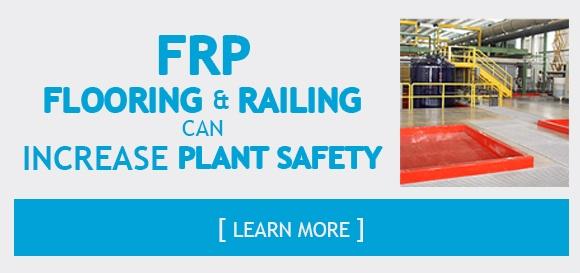According to OSHA, there are four elements of workplace safety. The first element incorporates...
Management, Leadership, and Employee Involvement in Safety
According to OSHA, there are four elements of workplace safety. The first element incorporates management policies, leadership, and employee involvement. The second element is about analyzing your worksite. The third element is about hazard prevention and control while the fourth element deals with safety and health training and education. Today, we are going to go into detail about the first element.

Benefits of Good Safety Management
• Health insurance benefits
• Workers’ compensation benefits
• Wages for temporary help
• Lost work hours (days away from work, restricted hours, or job transfer)
• Time spent orienting temporary help
• Programs and services that may suffer due to fewer employees
Source: Safety & Health Management Systems eTool |
Make ZERO INCIDENT PERFORMANCE Your Workplace Goal
The zero incident performance goals must be understood by management first, and then communicated down the line of command. Management interest and commitment can have profound impact on employee participation and the organization as a whole.
In order to maintain a zero incident performance record, you must have…
- Shared Vision: Create a vision everyone can see
- Cultural Alignment: There must be consistency in what you do and what you say about safety
- Focus on Incident Control: A level of continuous improvement in relationships, safety, quality, etc must be continuously worked on
- Upstream Systems: Take time to periodically make sure all employees, regardless of level, know how they are doing with feedback
- Feedback: Establish a system in feedback that evaluates employees both top-to-bottom and bottom-to-top
- Maintain the 4 – A’s: Attitude, Awareness, Action, and Accountability
- Cultural Change: Top management must start the cultural change and communicate with employees the extent of the change and why the change needs to happen
- Commitment: Effective safety programs must go further than a new set of rules. It must be implemented with a positive and committed attitude
Source: Safety & Health Management Systems eTool
Communication
For a successful safety program, management leaders must be personally interested and committed to the company’s safety policy. It must, also, promote employee participation and management support. A cornerstone in good safety management programs, leadership, and employee involvement is communication. Everyone must take part in safety activities and should be involved when making the policy on safety and health issues. Managers must remember a good safety program is not a campaign but rather an ongoing effort.
Basic Principles of Good Safety Management
When implementing a new safety program or rededicating your company to your current safety program, it is important to have these basic principles:
Source: Safety & Health Management Systems eTool) |
Basic Safety Philosophy
Moving forward into creating and/or implementing your safety policy, it is very important to keep a few points in mind. When considering your safety policy, please remember that:
Source: Safety & Health Management Systems eTool |
Works Cited
Safety & Health Management Systems eTool. (n.d.). Retrieved April 18, 2014, from United States Department of Labor: https://www.google.com/url?sa=t&rct=j&q=&esrc=s&source=web&cd=3&cad=rja&uact=8&ved=0CEIQFjAC&url=https%3A%2F%2Fwww.osha.gov%2Fdte%2Fgrant_materials%2Ffy10%2Fsh-20993-10%2Fcreating_a_safety_program.ppt&ei=UlBVU-_zJOPMsQTM64GIDA&usg=AFQjCNEm08Mp79A3SkcEMD5O


